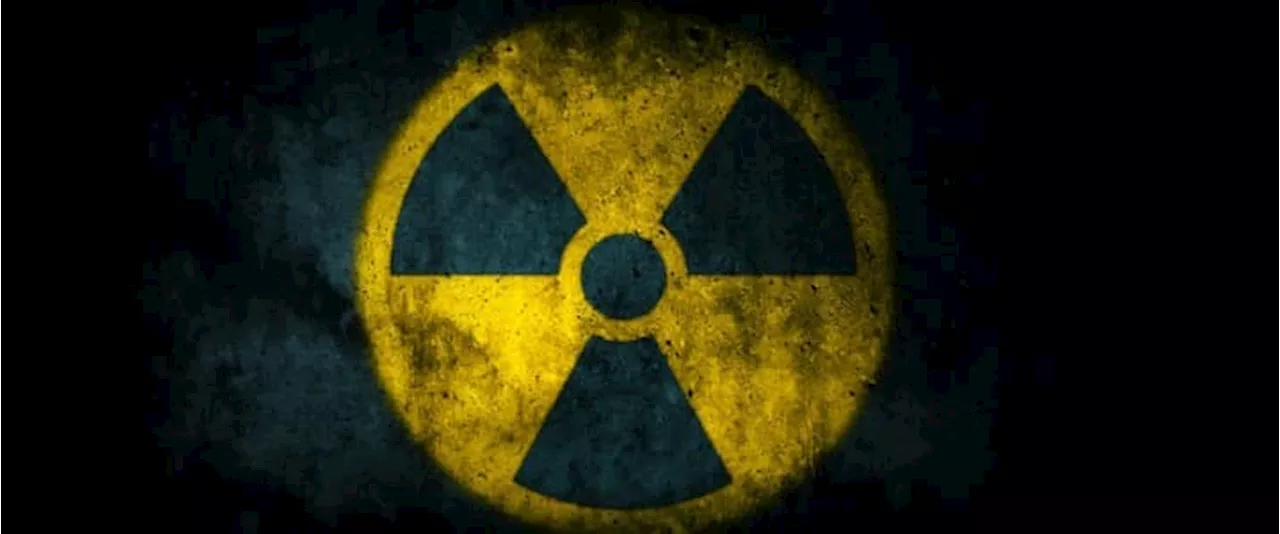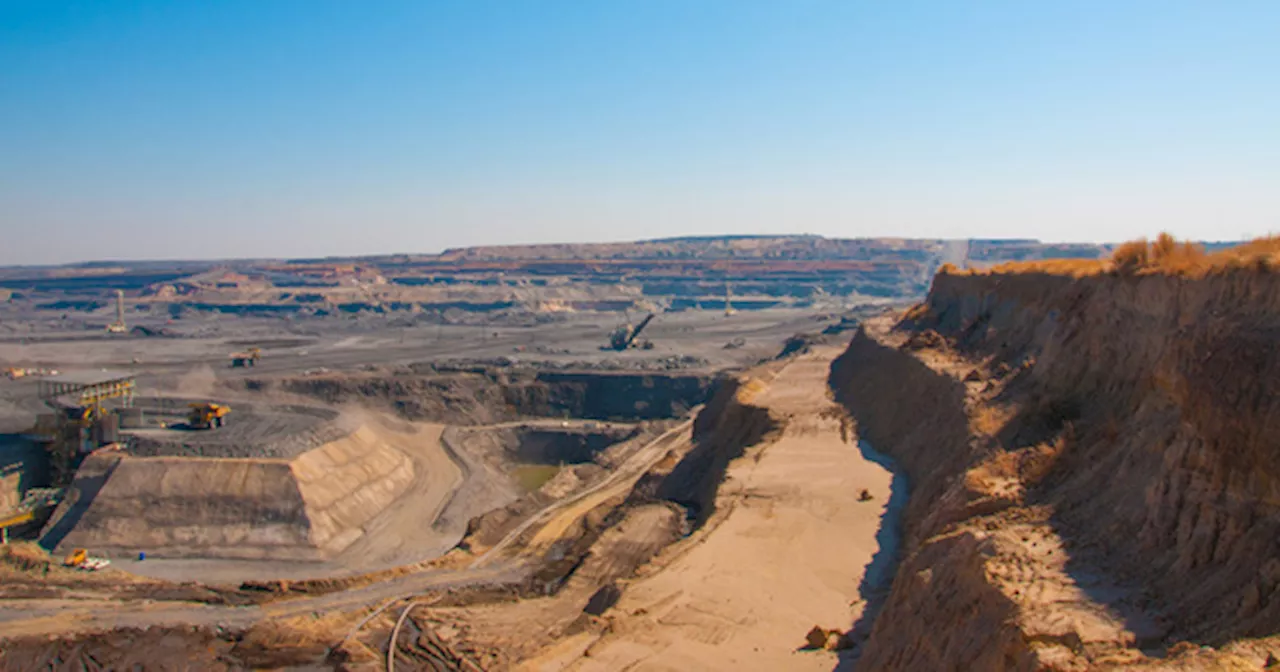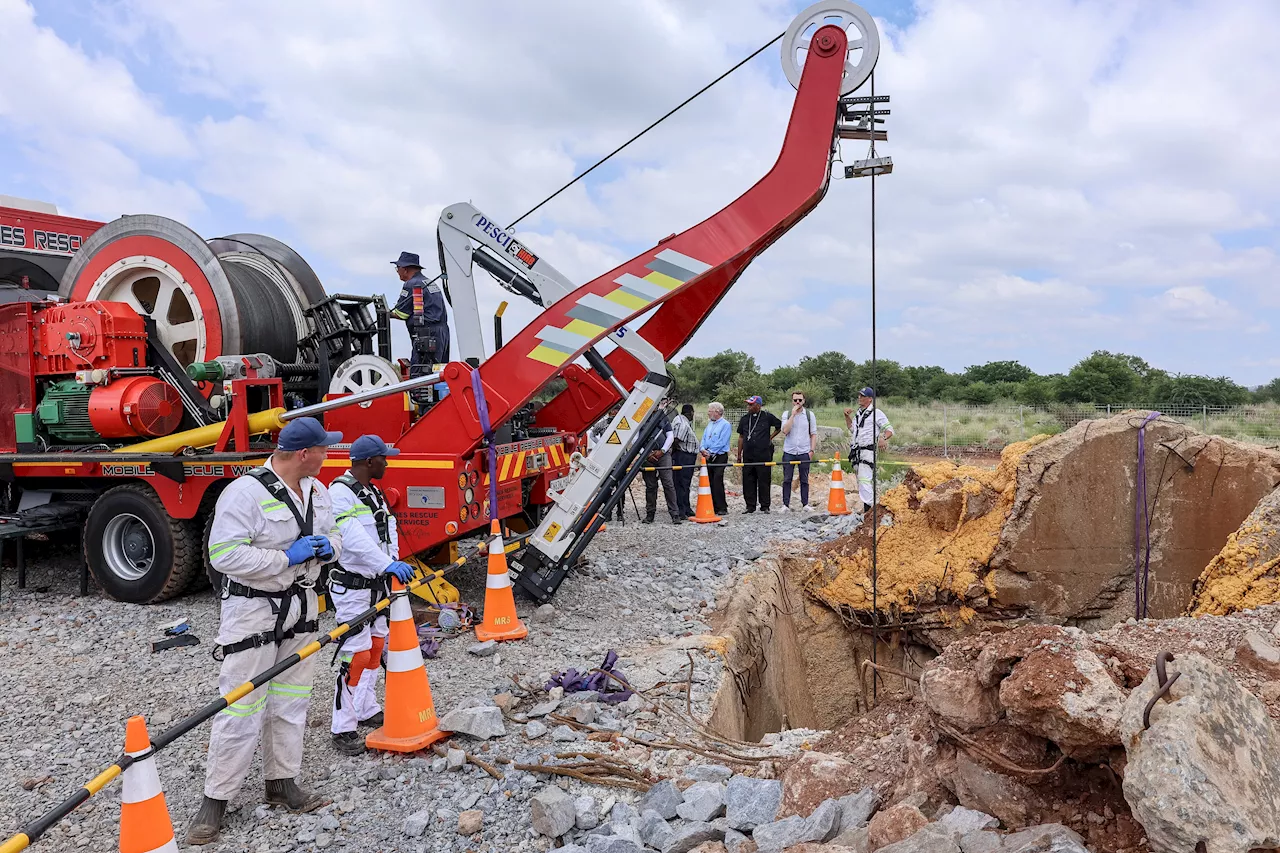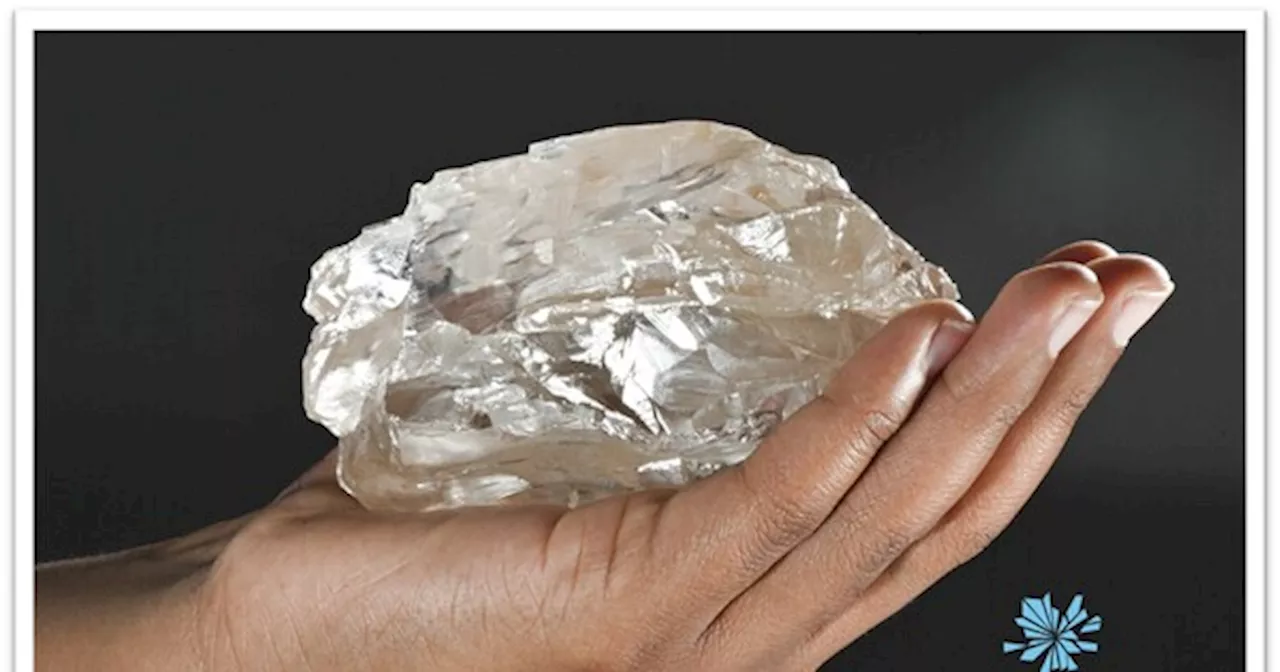Lucara Diamond's Karowe mine in Botswana is renowned for producing the world's largest diamonds. The mine has implemented innovative technologies and processes to ensure the recovery and preservation of these colossal gems. Lucara CEO William Lamb discusses the mine's unique capabilities, the challenges of marketing large diamonds, and the future of the diamond industry.
Lucara Diamond's Karowe mine in Botswana has solidified its position as the world's leading producer of exceptionally large diamonds. This reputation was further strengthened last year with the discovery of the second-largest gem-quality diamond ever found, weighing in at a remarkable 2,492 carats. Lucara CEO William Lamb highlighted to Mining Journal how the mine has been meticulously optimized to ensure the recovery and preservation of these colossal diamonds.
Since the installation of XRT technology in 2017, designed to pinpoint these large stones, Karowe has unearthed eight out of the ten largest diamonds ever mined.The XRT technology utilizes X-rays to identify diamonds within the mined ore immediately after the initial crushing stage. This crucial step prevents the diamonds from being fragmented during the subsequent milling process. 'Everybody breaks diamonds,' Lamb stated. 'It's one of the misnomers. People go, well, a diamond is the hardest substance on Earth. Absolutely. The only thing that will scratch a diamond is another diamond. But a diamond is also a crystal.' This inherent crystalline structure means that large diamonds can be shattered if not detected early in the processing stages, significantly diminishing their value. Even after the XRT scanning, the Karowe milling process has been fine-tuned for optimal large diamond recovery through the use of autogenous milling. 'Autogenous milling is just milling without any media,' Lamb explained. 'There's no balls, it's just rock on rock.' This technique effectively liberates the diamonds in a gentle manner.The modifications implemented at Karowe have proven highly effective because the mine naturally contains a higher concentration of large diamonds compared to other resources. 'In your lifetime, in your children's lifetimes, there will never be another asset like this,' Lamb asserted. 'Everybody always used to say that diamonds all came from the diamond stability zone, which sits 20km below the earth's surface,' he added. 'They've now done analysis on some of the inclusions that come from the very large stones. And it's now common practice to think that there is a secondary diamond stability zone that comes from much deeper to 500km.' It's kind of difficult to imagine… it's like the distance from Cornwall to London. That's a long way for magma to travel. Lucara is currently developing an underground expansion at Karowe to target these large diamonds, believed to have originated from the deepest zone. In parallel, Lucara is gaining valuable expertise in marketing these colossal stones, a process far more complex than marketing smaller diamonds. 'We learned that if somebody's going to buy a stone, they don't want the rest of the world to have seen it,' Lamb explained. 'Let's say some museum wants to buy the stone… they're buying it so they can put it on display, which will attract people to their museum. If we've done a world tour, why would they pay us top dollar for the stone?' As for the future of Motswedi, the massive diamond discovered in August, Lamb expressed his preference for it to be acquired by a museum. 'Because of the significance of the stone, why would you not want to put it on display for the world to see?' For smaller but still exceptional stones, Lamb emphasized the need for patience to find the ideal buyer. 'If you want a 100ct plus stone, you decide you're going to buy it, and you're going to invest anywhere from 12-$20 million,' he explained. 'You're going to go out and look for it, you wait until you get exactly what you want.' The overall diamond market is currently experiencing low demand, partially driven by competition from lab-grown diamonds. Lamb stated that Lucara is better positioned than most against market fluctuations. 'Some 70% of our income is generated from stones that polish into five carats and above,' he noted, pointing out the superior value retention of larger stones compared to smaller stones commonly used in engagement rings. 'I think the value of a lab-grown stone has reduced so much that people are now applying those discounts to natural stones. But there is also a line where, if it's of a certain size, it's an investment quality, and those ones have retained their value.'For the broader market, Lamb believes the diamond industry needs to increase its promotional efforts. 'To me, it comes down to the marketing and messaging.' De Beers, the largest diamond producer, recently announced a US$250 million investment in category marketing for precious stones. However, Lamb pointed out that decades have passed since the last significant marketing campaign from De Beers. 'You can't expect the turnaround in the diamond industry to turn around overnight, and De Beers is still the most important player in the diamond industry.'
Business Diamonds DIAMONDS KAROWE MINE LUCARA LARGE DIAMONDS XRT TECHNOLOGY AUTOGENOUS MILLING MOTSWEEDI DIAMOND MARKET MARKETING DE BEERS
United Kingdom Latest News, United Kingdom Headlines
Similar News:You can also read news stories similar to this one that we have collected from other news sources.
 Mongolia to Develop $1.6 Billion Uranium Mine with French FirmA major uranium mining project is set to commence in Mongolia, marking a significant development for the country's economy and energy sector.
Mongolia to Develop $1.6 Billion Uranium Mine with French FirmA major uranium mining project is set to commence in Mongolia, marking a significant development for the country's economy and energy sector.
Read more »
 First Quantum Minerals Adjusts Production Guidance, Focuses on Zambia Amid Panama Mine HaltFirst Quantum Minerals released preliminary production figures for 2024 and updated its guidance for 2025 to 2027. The company is prioritizing its Zambian operations as it anticipates the Panama mine will remain suspended due to ongoing legal challenges. Production forecasts for 2025 and 2026 have been lowered due to a conservative ramp-up at the Kansanshi mine and scheduling delays at the Sentinel mine. First Quantum projected copper production of 430,000-490,000t for 2027, along with 200,000-225,000oz of gold and 30,000-40,000t of nickel.
First Quantum Minerals Adjusts Production Guidance, Focuses on Zambia Amid Panama Mine HaltFirst Quantum Minerals released preliminary production figures for 2024 and updated its guidance for 2025 to 2027. The company is prioritizing its Zambian operations as it anticipates the Panama mine will remain suspended due to ongoing legal challenges. Production forecasts for 2025 and 2026 have been lowered due to a conservative ramp-up at the Kansanshi mine and scheduling delays at the Sentinel mine. First Quantum projected copper production of 430,000-490,000t for 2027, along with 200,000-225,000oz of gold and 30,000-40,000t of nickel.
Read more »
 South Africa Mine Disaster: 87 Dead as Rescue Operation ConcludesAt least 87 miners have died in the Buffelsfontein Gold Mine disaster in South Africa, with 246 survivors rescued. Authorities faced criticism for their initial response, cutting off food and supplies, a tactic condemned as inhumane. The operation to recover bodies and survivors lasted three days. The mine was operating illegally, with an estimated 2,000 miners working underground. Most resurfaced on their own, but the disaster highlights the dangers of illegal mining and the government's struggle to control it.
South Africa Mine Disaster: 87 Dead as Rescue Operation ConcludesAt least 87 miners have died in the Buffelsfontein Gold Mine disaster in South Africa, with 246 survivors rescued. Authorities faced criticism for their initial response, cutting off food and supplies, a tactic condemned as inhumane. The operation to recover bodies and survivors lasted three days. The mine was operating illegally, with an estimated 2,000 miners working underground. Most resurfaced on their own, but the disaster highlights the dangers of illegal mining and the government's struggle to control it.
Read more »
 Lorraine Kelly Steps In as Paul Whitehouse and Wife Mine Get Into Heated On-Air ArgumentCelebrity couple Paul Whitehouse and Mine clashed live on ITV's Lorraine show during a discussion about their upcoming tour. Lorraine Kelly had to intervene as the pair engaged in a fiery disagreement over who should reveal their plans. The couple appeared on the show to promote their new podcast, 'I'm ADHD - No You're Not!', but their conversation took an unexpected turn when Mine tried to prompt her husband about their tour.
Lorraine Kelly Steps In as Paul Whitehouse and Wife Mine Get Into Heated On-Air ArgumentCelebrity couple Paul Whitehouse and Mine clashed live on ITV's Lorraine show during a discussion about their upcoming tour. Lorraine Kelly had to intervene as the pair engaged in a fiery disagreement over who should reveal their plans. The couple appeared on the show to promote their new podcast, 'I'm ADHD - No You're Not!', but their conversation took an unexpected turn when Mine tried to prompt her husband about their tour.
Read more »
 Lorraine Kelly Mediates On-Air Feud Between Paul Whitehouse and Wife MineDuring a live interview on ITV, Lorraine Kelly had to step in as Paul Whitehouse and his wife Mine engaged in a heated argument while discussing an upcoming 'announcement'. The couple, promoting their podcast 'I'm ADHD - No You're Not!', clashed over who should reveal their news, leading to a comical and awkward exchange.
Lorraine Kelly Mediates On-Air Feud Between Paul Whitehouse and Wife MineDuring a live interview on ITV, Lorraine Kelly had to step in as Paul Whitehouse and his wife Mine engaged in a heated argument while discussing an upcoming 'announcement'. The couple, promoting their podcast 'I'm ADHD - No You're Not!', clashed over who should reveal their news, leading to a comical and awkward exchange.
Read more »
 Gold Mine Inquiry Suspended Due to Planning Department BreachesAn inquiry into a proposed gold mine in County Tyrone, Northern Ireland, has been suspended due to regulation breaches by the Department for Infrastructure (DfI). The Planning Appeals Commission (PAC) inquiry was unable to proceed as scheduled because the department failed to notify relevant bodies, including the Irish government and Donegal County Council, about the inquiry and did not provide adequate time for responses. The suspension is considered a setback for both proponents and opponents of the mine, pushing the project back to an earlier stage.
Gold Mine Inquiry Suspended Due to Planning Department BreachesAn inquiry into a proposed gold mine in County Tyrone, Northern Ireland, has been suspended due to regulation breaches by the Department for Infrastructure (DfI). The Planning Appeals Commission (PAC) inquiry was unable to proceed as scheduled because the department failed to notify relevant bodies, including the Irish government and Donegal County Council, about the inquiry and did not provide adequate time for responses. The suspension is considered a setback for both proponents and opponents of the mine, pushing the project back to an earlier stage.
Read more »
